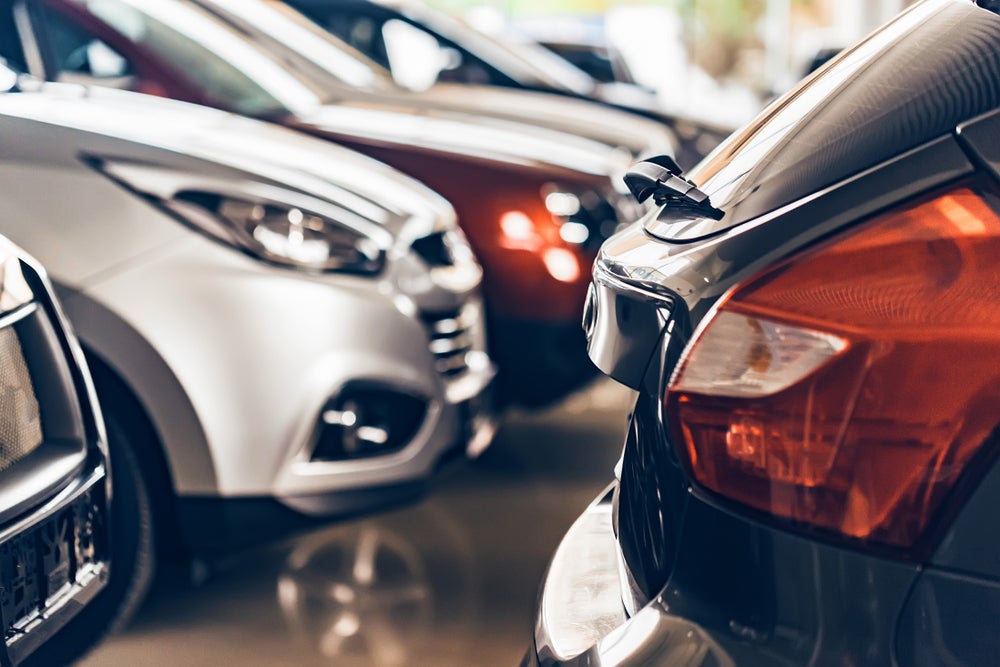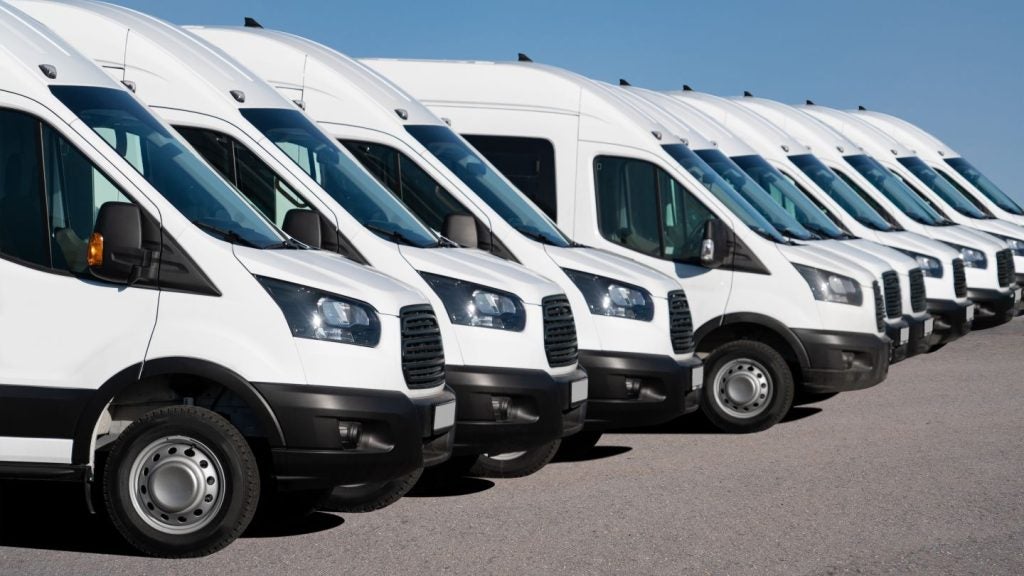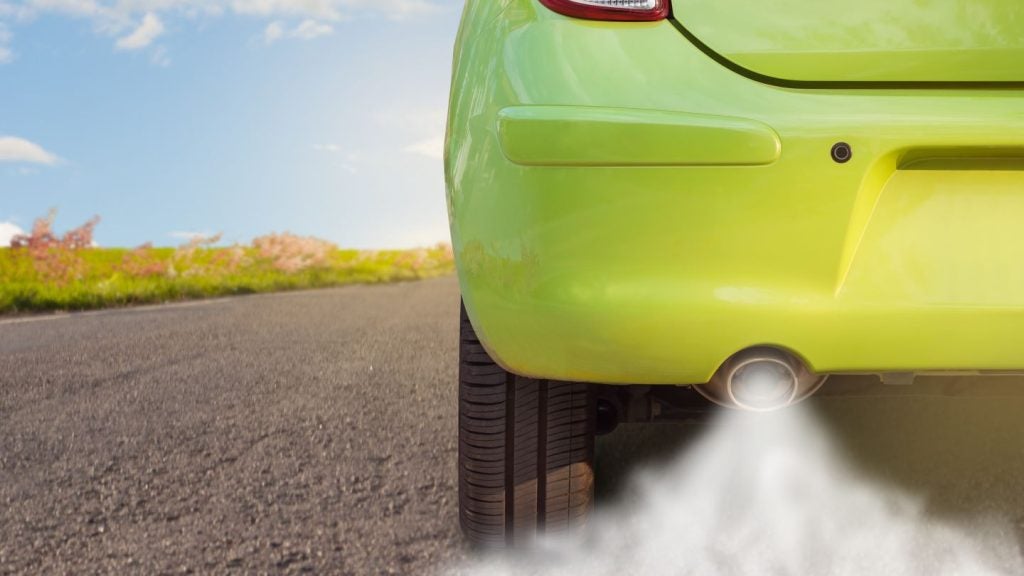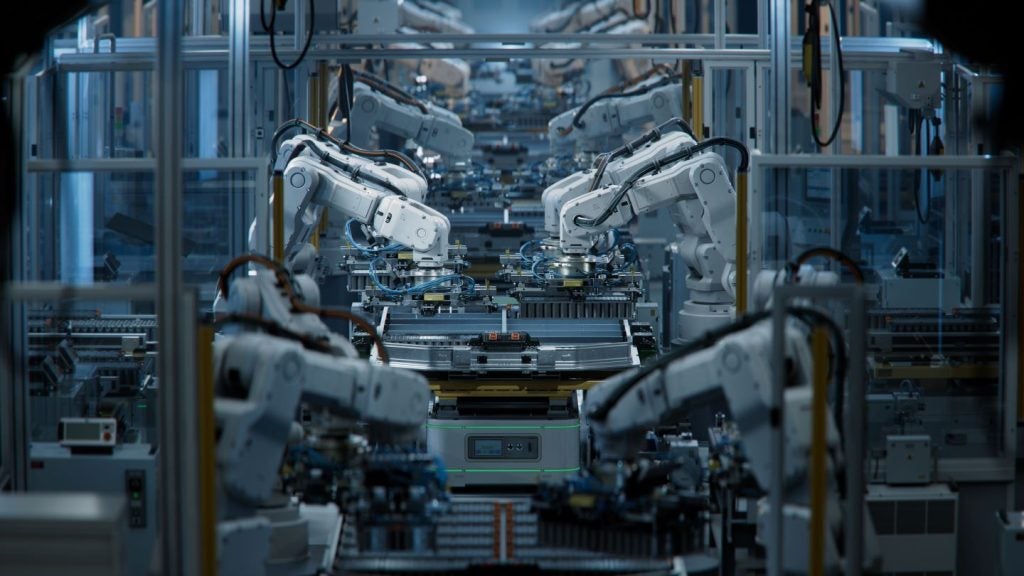
By now there’s no need to tick off the list of global events that have impacted basically every business sector you care to name. Some of those markets are now simply looking at how to recover, but others have been transformed.
“The way we sell cars hasn’t changed much in decades, but the pandemic has swept all of that away and accelerated new ways of working like never before,” says Karen Hilton, chief commercial officer at heycar. “Primarily that means being digital-first in how customers are prospected, engaged with and taken all the way to purchase.”
This means the introduction of facilities including high-quality images of cars, video walkarounds, live online chat, regular customer emails and newsletters. Click and Collect has caught on with consumers and dealers, as has home delivery. While many of these were contingencies to take us through the lockdown, they are also here to stay.
While the market is changing, so far this year it has also been performing well, successfully navigating the challenges of the pandemic, and as those restrictions are lifted, so has the resale market.
“During Q1 2021, used prices were strong when dealers were only selling cars on a Click and Collect basis, but since the dealer showrooms have been open for business since the 12 April the market has gone from strength-to-strength,” says Martin Potter, managing director at Aston Barclay. “Demand has been very strong from consumers; supply is struggling to keep up with demand and prices have risen dramatically in the last few weeks.”
Aston Barclay has worked closely with several finance houses to manage their remarketing needs during lockdown, including inspecting and disposing of used cars online from remote locations.
How well do you really know your competitors?
Access the most comprehensive Company Profiles on the market, powered by GlobalData. Save hours of research. Gain competitive edge.

Thank you!
Your download email will arrive shortly
Not ready to buy yet? Download a free sample
We are confident about the unique quality of our Company Profiles. However, we want you to make the most beneficial decision for your business, so we offer a free sample that you can download by submitting the below form
By GlobalData“We have also disposed of batches of cars for finance companies to avoid them coming into the market simultaneously, which has worked very well,” Potter tells us. “We also have plans in place with our finance clients to support the disposal of repossessions, although the high volume of these cars has yet to materialise.”
An issue of volume
The volume of cars is a recurring issue during our conversations with Potter and Hilton, surpassing even Brexit as an issue facing the market.
“Brexit caused some apathy in the market when it was just about to go live but it has not impacted the market in recent months,” Potter says. “The pandemic and now the manufacturer shortage of semiconductors have both had much more of an impact on the used market than Brexit.”
“Supply is the biggest single issue, due to a number of factors,” Hilton agrees. “In the used market, cars are selling at record values and dealers can’t get hold of them quickly enough to keep up. The cause of this is mostly down to a lack of part exchange vehicles in the market, as drivers on finance choose to hold on to their cars for longer.”
Supply issues around production are strangling the supply of new cars, with some manufacturing facilities closing temporarily during lockdown leading to a parts shortage that is slowing car production.
“It’s very frustrating for dealers after so many months of their showrooms being closed,” Hilton admits.
“Digital car buying has changed – the world has changed – and the bar has been raised when it comes to the quality of the experience consumers expect.”
The picture isn’t entirely pessimistic, however.
“The stock mix in the current market is quite varied. The 280,000 new car sales in March 2021 have supplied a good mix of used cars into the market, there just have not been enough to satisfy the current demand,” Potter tells us. “Nearly new cars below 12 months in age continue to be in very short supply, while ex-fleet stock at 40 months is consistent, although fleets are being forced to extend replacement cycles further until new car sales are freed up.”
But Potter still points to the semiconductor shortage as the single biggest issue affecting the market.
“The longer the semiconductor problem goes on the more pressure there will be on used supply and prices will continue to rise,” Potter explains. “Even if used car demand falls slightly as consumers invest in going on holiday then we are still going to see demand exceed supply. Vendors need to keep a daily eye on reserve prices by working with their remarketing partner, such is the speed at which the market is moving.
“They should be increasing reserves rather than risk selling them at a below-market price. Our leasing and finance company clients tell us that they have very healthy order banks in with the manufacturers so when supply problems are relaxed there should be plenty of used cars coming into the market, but currently, we do not know when that will happen. It could be next year before we see the market settle down to its latest ‘new normal’.”
The return of “in-person” and the digital revolution
“New Normal” is one of those phrases that has been repeated so often these days that it feels like a new normal in itself, but it shows how retail dealership and finance businesses need to adapt. That doesn’t mean the pendulum won’t swing both ways. however. The digital market of the last year is not the new status quo.
“Prior to dealers opening again in April we carried out a major survey of buyers where 84% of buyers said they would attend future physical auctions,” says Potter. “Aston Barclay responded by adopting a hybrid strategy whereby dealer part exchange, motability, and light commercial sales switched back to physical auctions. Meanwhile, all ex-fleet, leasing and OEM sales continued online, with buyers being invited to the halls to view fleet and lease stock prior to the sale.”
“Going forward, all of these things will remain, alongside the traditional showroom,” Hilton speculates. “However, I think dealers will all be questioning and rethinking what role the showroom has in the buying process from now on – is it an experience centre, like an Apple Store?”
Hilton still believes that there are great opportunities on the digital frontier but does not think that means e-commerce has reached its final form.
“E-commerce for cars remains the biggest opportunity. Why can’t buying a car be as simple a transaction as buying an iPad?” Hilton asks. “No one has fully cracked it yet, although lots are giving it a good go. However, the opportunity if you get it right, is huge.”
Until somebody hits upon that solution, diversification and iteration seem to be the order of the day, as Potter points out.
“We are working directly and closely with finance house supply chain (recovery agents) and utilising a full remarketing programme to include diverse strategies for sectors to include closed group remote auctions,” Potter says.
“This includes offsite appraisal and grading with online sales through to upstream app-based self-appraisal and pre-sold prior to termination. Also, direct sales and branded physical and online sequentially lotted traditional sales are being held which maximise residual values, reduce collection costs and improve encashment for our finance house customers.”
“It’s revolution, not evolution. Digital car buying has changed – the world has changed – and the bar has been raised when it comes to the quality of the experience consumers expect,” Hilton adds. “It’s important dealers don’t see digital as an iteration of the showroom buying process, but instead as something that needs a fresh approach. If they don’t, they’ll miss out on greater numbers of customers going forward as life moves even further online.”







